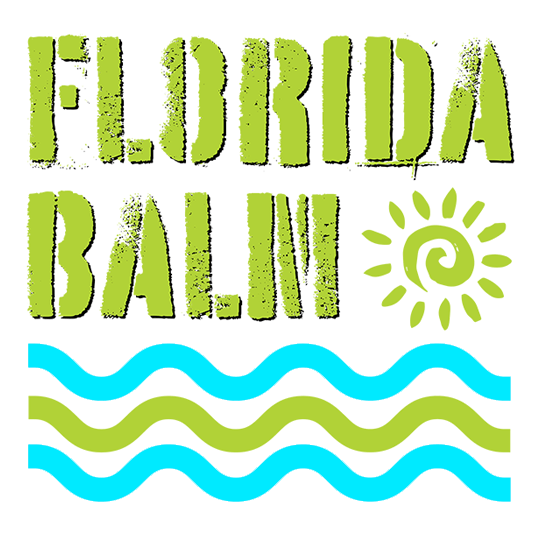
Peacock Springs by the Suwannee River
Peacock Springs is off the beaten path
Peacock Springs is REAL FLORIDA and off the beaten path. The best of Florida isn’t just beaches and sunshine. Visit most anywhere along the Suwannee River in this area and you’ll experience some of the most unique, beautiful fresh water springs and nature preserves you never knew existed. Surround yourself with magnificent cypress trees and swampy terrain barely touched by civilization. You’ll realize Florida is so much more precious and unique than anything you my have imagined.
Peacock Springs is one of those places. It’s located just off the Suwannee River Springs system, and one of many springs systems that feeds into it. Peacock Springs State Park is about 280 acres and contains 3 springs plus several sinks. If you’re paddling the Suwannee River, you can dock (or camp) at Peacock Springs Slough River Camp. The Peacock slough is an area with springs, sinks and trails within a very cool old Florida type of 30 minute walk. Make sure to have a map so you can try to find each of the springs and sinks!
If you’re looking for a nice activity for your family, this park may not be the best choice. Peacock Springs isn’t one of the most popular for swimmers and vacationers. It won’t provide a great swimming opportunity for families most of the year. But for nature lovers, hikers, anyone interested in Florida and most especially for cave divers, this spot in Florida is an awesome place to visit!
The water temperate, like the other nearby springs, is a very chilly 72 degrees year round. Whether winter or summer, the water remains chilly which helps keep it clear and beautiful. But this spring isn’t recommended if you want to take your kids for an old-fashioned Florida swimming hole kinda day… pick another spring for a better experience! This park is great for hikers, nature lovers and divers.
Cave Diving
This Florida State Park is home to one of the best and well-known funderwater cave systems to explore for cave divers! There’s a six mile underwater cave system mapped out and accessible year-round for experienced adventurous divers. This underwater cave system is one of the largest in the U.S. A permit is needed to dive, and divers need to be experienced.

But even if you aren’t a cave diver, this area is well worth exploring. It’s old Florida, natural and probably looks much like it did hundreds of years ago. The area itself was founded in the late 1800’s, part of the tiny little town of Luraville. Luraville, Florida is currently an unincorporated area within Suwannee County and does have several shops but is tiny and maintains an old-Florida feel.
Planning to visit? Check water levels...

Because the spring is often covered in duckweed and algae on top, it’s not a favorite for families looking for a fun afternoon of swimming. And because there aren’t as many people that visit, there ARE alligators, though they haven’t seemed to pose a real threat in the park so far.
The beauty of these springs is that they are left (for the most part) to remain as nature intended. They are not overly manicured and manipulated as many other places in Florida tend to be.
When planning a visit to Peacock Springs, it’s important to consider time of year, outdoor temperature and water levels. To check water levels, click here. You’ll want to look in the Suwannee Section under Luraville.
The water quality for swimming and visibility up top is heavily dependent on these factors. Most often, the surface of these springs is covered in green. Unknowing visitors view it as “dirty” but it is actually super clean!
Green duckweed and green algae are very natural aspects to any natural, shady, healthy ecosystem in that area of Florida, and most especially these springs and sinks. Most often when visiting, the entire surface isn’t covered, which means it’s possible to see the color of water, a most beautiful “peacock” turquoise shade of crystal clear water.
To enter the park, there is a $4 entrance fee. It’s on the honor system, so bring dollar bills. And DO pay it, this park is a hidden gem and we’re lucky all those before us decided to leave this spot natural and undeveloped. These fees are used to clean up trash, pay rangers to assist visitors, do water testing and generally maintain the grounds are they are.
The history of this spring is interesting. Most people think Peacock Springs were named after the color of the water. And that would definitely make sense. However, it was named after Dr. John Calvin Peacock in 1875. He wasn’t the founder of the town where these springs are located (Luraville), but he was one of the town’s most prominent residents. He was a medical doctor, pastor and business man. The town had cattle and a phosphate mine. And the Florida Railway ran through it at some point (though not much information on this point in Florida history can be found).
Looking at the map above, you’ll see the Suwannee River just below the marker for Peacock Springs. The Peacock Springs Slough River Camp is located on the river. If you are paddling the Suwannee and plan to spend a night at the river camp, there is an approximate 30 minute trail that will lead to Peacock Springs State Park. Along the walk, if you have a map, you should be able to find all three springs (Peacock I, II and III) plus the three main sinks (Olsen, Orange Grove, Cisteen) though this will take some time to get to everything! There are interpretive trails, but no rangers so make sure to do your homework ahead of time.






